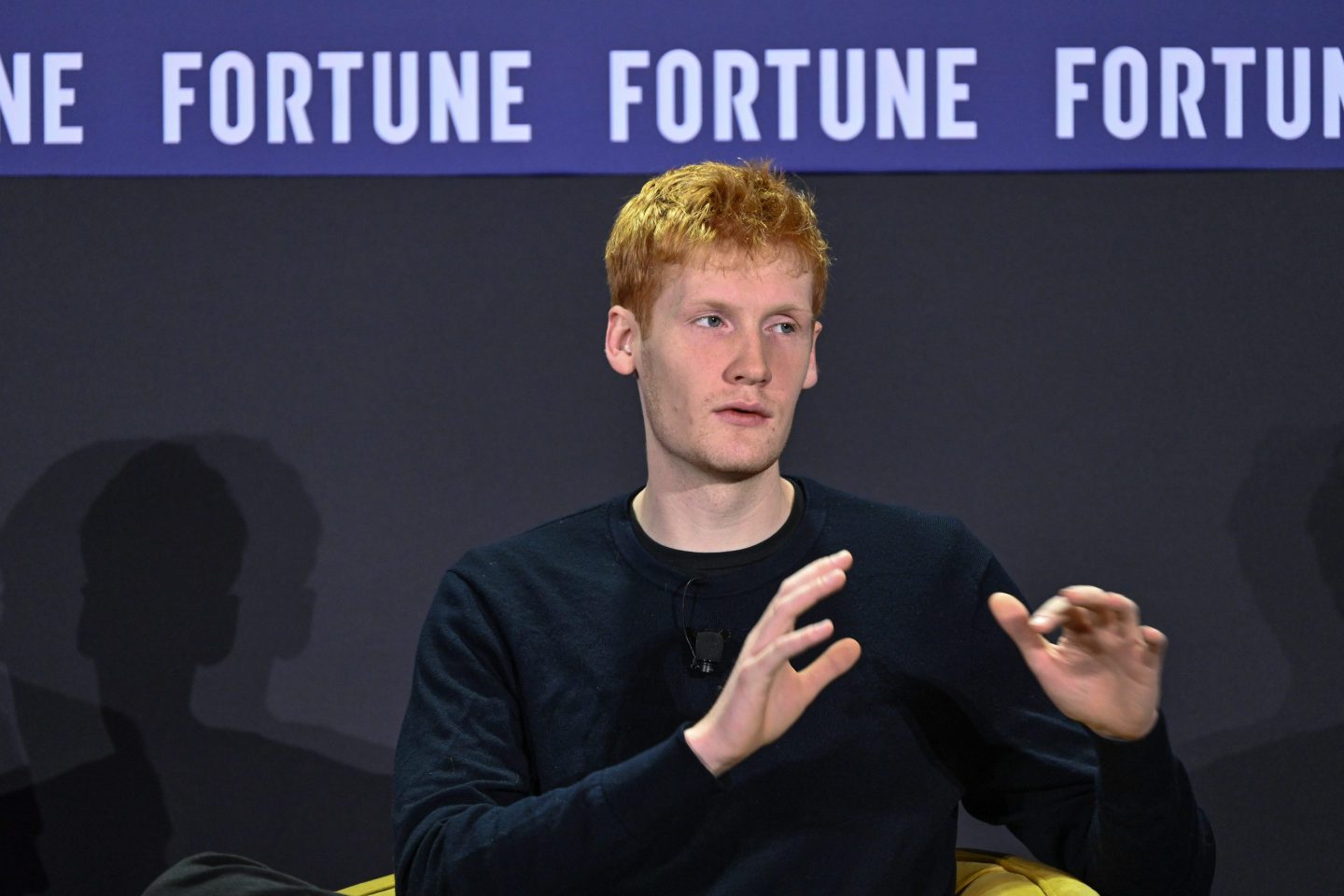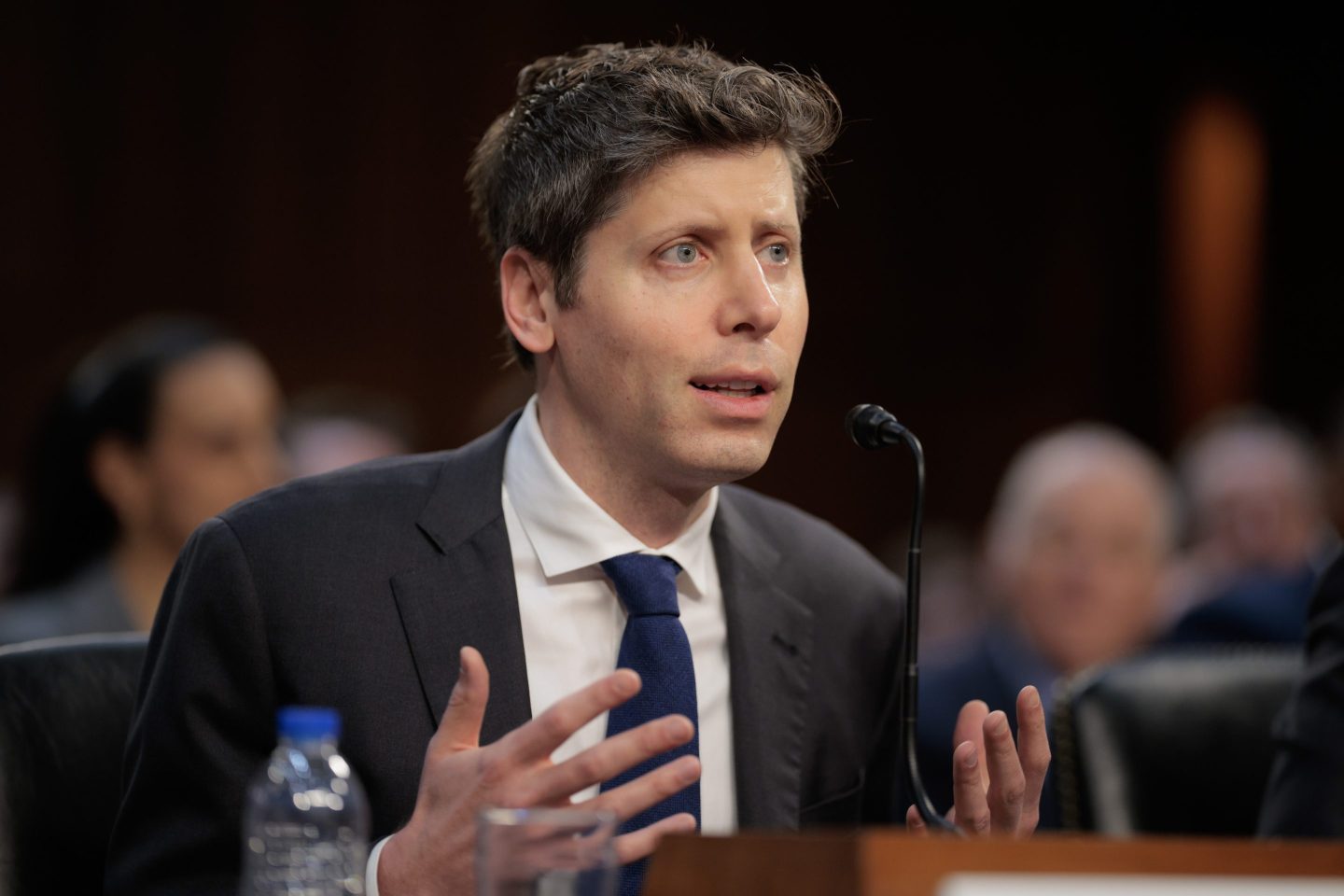Prakash Kota has worked at Autodesk for two decades, long enough to remember the days when the design software company sold DVDs to customers.
Back then, it took several weeks for a customer to reach out to a reseller, place an order via the phone or a fax machine, and then wait for the software to be shipped and installed. But today, orders are booked online, instantaneously of course, and Autodesk’s business now greatly relies on subscriptions. Recurring revenue represents 98% of the company’s $5.5 billion in annual revenue for the latest fiscal year.
A shorter sales cycle demands far speedier customer service. “It’s all about instant gratification,” says Kota, SVP and chief information officer at Autodesk since 2018. “And that’s where my role came in.”
Kota oversees traditional IT functions, including overseeing all companywide applications, vendor management, and investments in innovative technologies like artificial intelligence. But he also leads Autodesk’s global customer operations support team, given the high priority of keeping the company’s vast subscription-based clients satisfied.
As Autodesk’s subscription base rises, the company isn’t keen to proportionally add more customer service agents. That’s to control costs, to be sure, but Autodesk says there’s been an evolution in how the company thinks about providing the best customer service today. There are far fewer inbound phone calls and a lot more inbound customer inquiries have migrated to live chats. Customers also want to solve their own problems through self-help services whenever possible.
These shifts in behavior have spurred Autodesk to invest more in automation and generative AI capabilities, which the company uses to make its customer service agents more efficient. Earlier this year for example, Autodesk rolled out an AI assistant agent that relies on large language models from vendors like Microsoft and Salesforce. The AI system combs through Autodesk’s knowledge library and generates a quick response, which is then approved by a human agent before being shared with a customer. There’s also the customer-facing Autodesk Assistant, a self-service interactive chatbot.
Another project spearheaded by Kota was on the backend, pulling together more than 20 different software applications that agents relied on and combining them into one master application. These changes have also helped speed up onboarding. With 40 years of history, it could take up to six months for Autodesk to train newly hired support agents. It now takes less than six weeks.
In total, Autodesk has 15 generative AI use cases in full production and 23 use cases that are in pilot internally. Around 50 more use cases are being explored today. “We want to lean in and experiment,” says Kota.
Other internal generative AI use cases that have been deployed include the rollout of Microsoft 365 Copilot for around 5,000 Autodesk employees, a copilot tool that’s being leveraged by the sales team, and an internal chatbot called Lumi that leverages OpenAI’s large language models.
While Autodesk does weigh the spending required to support new technologies like generative AI, Kota says he centers his thinking on an outcome-based approach. Some questions he asks himself include: What problem is Autodesk trying to solve? How can technology help? What vendor should Autodesk work with? How many employees can be helped if a new tool is deployed? And how much will the technology actually be adopted?
“We’re a big believer that AI capabilities are going to augment and support humans,” says Kota.
He also has found AI “champions” across the organization, including in sales, marketing, and finance, to better understand what those leaders want to get out of AI.
There is strong buy-in from Autodesk’s C-suite leaders, who are encouraging the workforce to lean into AI, but also not get too attached to any new solution. If a generative AI tool is deployed and it doesn’t work or employees aren’t using it, Autodesk will simply turn it off and move on.
“They want to take some risks,” says Kota. “Because they know that people won’t get blamed if something doesn’t work. That discovery mentality is a huge thing.”
John Kell
Send thoughts or suggestions to CIO Intelligence here.
NEWS PACKETS
CIOs say GenAI isn’t always the solution. Enthusiasm for generative AI from CEOs, board members, and employees has led CIOs to face pressure to lean on the technology even when older forms of AI technology, like predictive AI, would be a better solution. CIOs are also spending some time educating the rest of the company on what generative AI can do, as well as where—and where not—to use it. “Generative AI is not a silver bullet for every single use case,” Sridhar Sharma, CIO of online mortgage lender Mr. Cooper, tells the Wall Street Journal.
AI takes over earnings season. Alphabet, Microsoft, and Meta disclosed they spent a combined $40.5 billion on the infrastructure, land, and chips that power their AI services during the second quarter—the only hard numbers the trio shared during their earnings calls as it pertains to AI. All other details, Fortune reports, were hazy hype that mostly sought to excite Wall Street investors by claiming big gains in the number of users for OpenAI’s ChatGPT, Google’s Gemini, and Meta’s AI assistant. But as for the top-line gains from such investments? Far less clear.
Cloud market leaders post big Q2 sales growth. The top three cloud market leaders—Amazon Web Services, Microsoft Azure, and Google Cloud—each reported double-digit sales growth gains and in total and generated more than $65 billion in sales during the second quarter, as AI investments ramped up and businesses shifted more of their workloads to the cloud. At Microsoft, for example, AI accounted for eight percentage points of the tech giant’s cloud computing growth. “As soon as we get capacity available to sell, we are selling it,” Brett Iversen, Microsoft’s head of investor relations, told the New York Times.
A big news week for chipmakers. Rivals continue to jockey to better position themselves to compete with stock darling Nvidia, who has built an enviable lead in the AI chip market but is also facing recent news reports suggesting the company’s Blackwell chips may face monthslong delays that could impact big customers like Google and Microsoft. Other headlines include Intel cutting 15% of the company’s workforce in an acknowledgment that it isn’t yet in a strong striking position to take on Nvidia, AI chip startup Groq raising $640 million, and Cerebras Systems confidentially filing for an IPO. Meanwhile, Nvidia’s closest—yet still distant—rival AMD (which sponsors this newsletter) reported a strong quarter and raised its forecast for chips used to develop AI models.
ADOPTION CURVE
U.S. government’s approach to AI regulation isn’t trusted. While the European Union is moving full speed ahead with an AI Act that imposes stricter transparency requirements, Americans have taken a softer approach. While a handful of states have signed limited AI regulations into law and President Biden issued an executive order last year, there is no comprehensive federal legislation and the soonest it could come would be in 2025 after the presidential election.
A new Harris Poll survey released today by data-intelligence platform Collibra found that a majority of AI decision-makers say they don’t trust the U.S. government’s current approach to AI regulation. Absent clear regulatory guidelines, the biggest risks these leaders see are privacy concerns, safety and security risks (both at 64%), misinformation, and ethical use and accountability (both at 51%).
Collibra CEO Felix Van De Maele tells Fortune that "the more the U.S. can create a regulatory framework that gives those organizations the visibility, the clarity, and the predictability" to oversee the technology as it develops, "the faster organizations can actually move AI use cases into production.”
Courtesy of Collibra
JOBS RADAR
Hiring:
- Finfare is seeking a chief information officer, based in Irvine, Calif. Posted salary range: $300K-$350K/year.
- Eviden is seeking a CTO of cybersecurity, a remote position based in the U.S. Posted salary range: starting at $175K/year.
- BodyBio is seeking a director of IT, based in Millville, N.J. Posted salary range: $100K-$130K/year.
Hired:
- Wells Fargo appointed Bridget Engle as head of technology, reporting to CEO Charlie Scharf and joining the bank’s operating committee effective Aug. 12. Engle will be responsible for all technology at the San Francisco-based Wells Fargo and joins from BNC, where she served as CIO from 2017 until earlier this year.
- CareAbout Health announced the appointment of Masoud Nourmohammadi as CTO, effective immediately. He began his career in 2005 as a senior software engineer at Mountain Medical Physician Specialists, where he ascended to the role of CTO in 2014. Nourmohammadi also previously held the CTO titles at Strive Health and Herself Health.
- Cellebrite appointed Sigalit Shavit as CIO, taking on the newly created role effective immediately. Shavit will report to CEO Yossi Carmil and previously held CIO and COO roles with FedEx Express, ECI Telecom, CyberArk, and most recently KTrust.
- Winston & Strawn LLP named Robert Kerr as CIO to lead the firm’s IT team and drive a firmwide technology transformation. Kerr previously served as CIO at Cooley LLP for a decade and prior to that, has served as a managing director with eSentio Technologies and as a partner at Baker Robbins.
- Authority Brands has appointed Tij Bedi as CTO, effective immediately, to oversee the IT teams, elevate cybersecurity, and help support the expansion of the company’s franchise network. Bedi most recently worked at Gartner where he drove client engagement and the digital client experience.
- Inland Real Estate Group named Jovan Marconi as CIO, where he will implement the IT strategy including data management, application development, AI practices, and cybersecurity. Marconi joined Inland in 2021 as vice president and previously served as head of investment technology at Legal and General Investment Management America.













